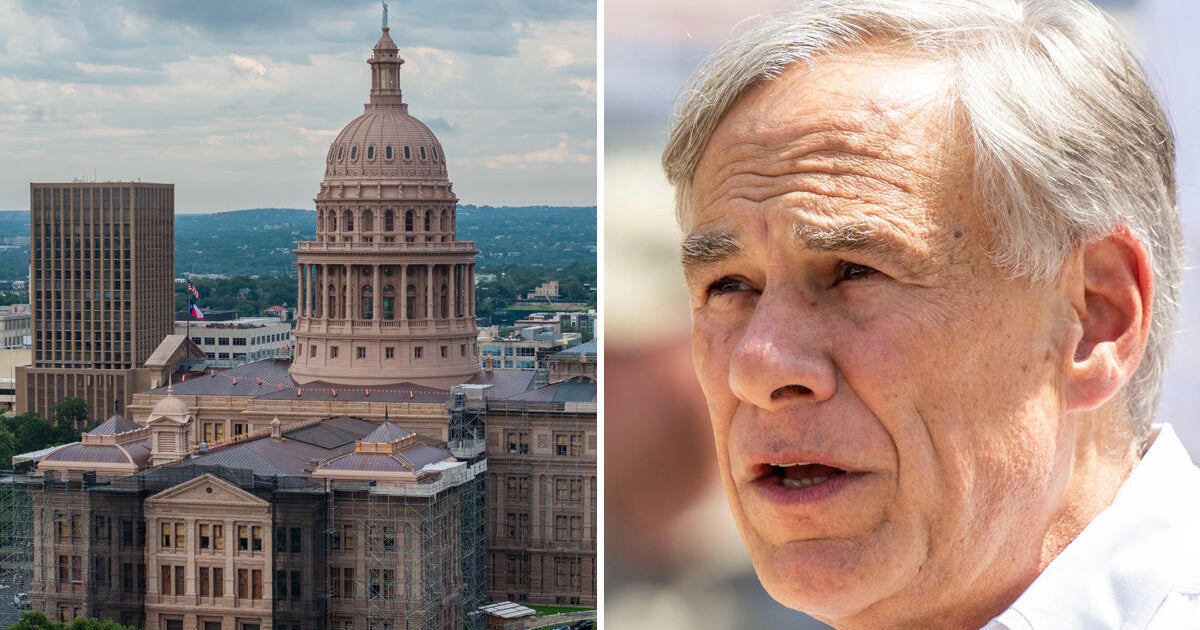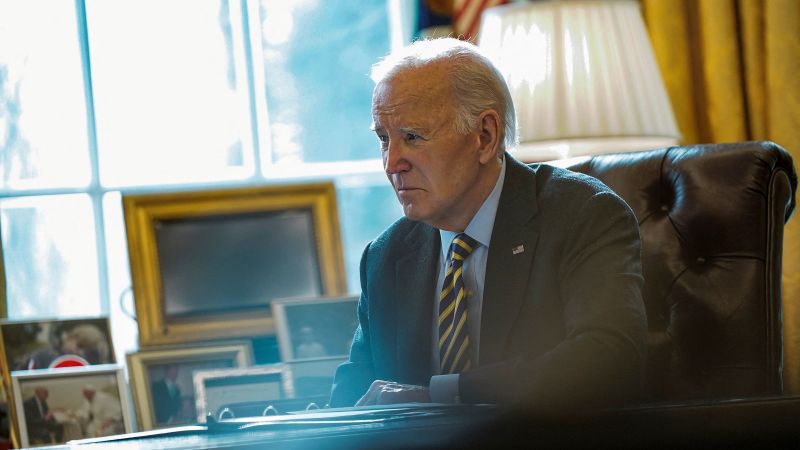Texas Democrats Plan to End Walkout and Return to Capital
#texas #democrats #republicans #political stalemate #redistricting
Introduction
Texas Democrats have been at a standstill for nearly two weeks, blocking the GOP's redrawing of U.S. House maps before the 2026 election. However, they have recently announced a plan to end their walkout and return to the state's capital if the Republicans agree to end the special session. This move could potentially bring an end to the political stalemate that has been taking place in Texas for the past couple of weeks.
Key Details
The walkout began when Texas Democrats fled the state in order to prevent the GOP from having the necessary quorum to pass the redistricting bill. However, the new plan would require that the Republicans end the special session, which would end the current legislative cycle and give Democrats a chance to review and reconsider the proposed maps. This could potentially give Democrats a chance to negotiate for more favorable maps that would benefit their party in the 2026 election.
Impact
If the plan is successful and Texas Democrats return to the state, it could have a significant impact on the upcoming U.S. House races. With the redistricting issue resolved, candidates and parties can focus on campaigning and strategizing for the 2022 election. This could also potentially shift the political landscape in Texas, as Democrats have been gaining ground in recent years and could potentially benefit from more favorable districts.
About the Organizations Mentioned
GOP
The **GOP**, or **Grand Old Party**, is the widely recognized nickname for the **Republican Party** of the United States, a major conservative political party founded in 1854. It originated from anti-slavery activists opposing the Kansas-Nebraska Act, uniting former Whigs and Free Soilers with a platform centered on halting the expansion of slavery. The party's early historic milestone was the election of Abraham Lincoln in 1860, which precipitated the Civil War; under Lincoln’s leadership, the GOP focused on preserving the Union and abolishing slavery[1][2][3]. Throughout its history, the Republican Party has evolved from its abolitionist roots to champion business interests, industrial growth, and economic policies favoring limited government intervention. In the late 19th and early 20th centuries, it promoted protective tariffs and infrastructure development. The party experienced fluctuating influence, losing ground during the New Deal era but regaining prominence with Dwight D. Eisenhower’s presidency in the 1950s, marked by moderate conservatism[1][2]. Today, the GOP advocates for reduced taxes, conservative social policies, limited government regulation, strong national defense, and states’ rights. It remains one of the two dominant forces in American politics, consistently shaping legislative agendas and national discourse[2]. The party is organized and led nationally by the **Republican National Committee (RNC)**, which manages fundraising, election strategies, and the party platform, coordinating efforts across states and counties under the leadership of a chairman[3][4]. Notably, the acronym "GOP" was popularized in the late 19th century and originally stood for "Grand Old Party," symbolizing the party's legacy in preserving the Union and championing liberty. It is now a common term in political commentary and media[3][5]. In recent years, the GOP has undergone significant membership changes in Congress and leadership adjustments, reflecting its dynamic role in U.S. politics as
U.S. House
The **U.S. House of Representatives** is one of the two chambers of the United States Congress, the federal legislature responsible for creating laws and representing the American people. It consists of 435 voting members elected every two years from congressional districts across all states. The House plays a crucial role in initiating legislation, particularly revenue-related bills, overseeing the executive branch, and serving constituents through committees and floor debates[1][7]. Historically, the House was established in 1789 as part of the original U.S. Constitution, designed to provide proportional representation based on population. Over time, it has evolved into a powerful legislative body central to American governance, balancing executive power and reflecting the electorate's will through frequent elections. The current 119th Congress, which began in January 2025, features a narrowly divided House, with Republicans holding a slim majority of 220 seats to 213 held by Democrats, and two vacant seats pending special elections. This slim majority is the tightest for any party since the early 1930s, emphasizing the heightened importance of bipartisan cooperation and strategic coalition-building to pass legislation. Notably, the 119th Congress includes the first openly transgender member, Representative Sarah McBride (D-DE), marking a historic milestone in congressional diversity[1][2]. Key achievements of the House often involve passing significant legislation, shaping national policy through committee work, and overseeing government operations. For example, early in the 119th Congress, members were elected to standing committees critical for advancing the legislative agenda[3]. The House also plays a pivotal role in responding to special circumstances, such as filling vacancies through special elections, though some, like the canceled New York 21st district election in 2025, have been affected by political dynamics[5]. In the context of business and technology, the House influences regulatory frameworks, funding for innovation, and national tech policy, making it a vital institution for stakeholders monitoring legislative impacts on industry and technology sectors. Its committee structure and legislativ
Texas Democrats
The **Texas Democratic Party** is a prominent political organization in Texas, affiliated with the national Democratic Party. It has a rich history dating back to 1846, with a mission to empower every Texan to reach their full potential through inclusive governance[3]. Historically, the party was dominant in Texas, but since the 1990s, it has faced challenges from the Republican Party, which has become the state's dominant force[1]. ### What the Organization Does The Texas Democratic Party is committed to advancing liberal policies, including increasing educational funding, supporting abortion access, cannabis legalization, LGBT rights, environmentalism, gun control, Medicaid expansion, and raising the minimum wage[1]. The party focuses on grassroots organizing and aims to build a strong presence across the state, particularly in underserved communities[2]. ### History and Key Achievements Notable achievements include the contributions of prominent figures like President Lyndon B. Johnson, who was a Texas Democrat. The party has also played a significant role in the state's political landscape, with 39 out of 48 past governors being Democrats[1]. However, the party has not won a statewide election since 1994, marking a significant decline in its influence[1]. ### Current Status Currently, the party is undergoing significant changes. Under the leadership of Chair Kendall Scudder, the headquarters is being relocated from Austin to Dallas, which has led to a top staff exodus[2]. Despite these challenges, the party remains committed to its core values and is working to strengthen its grassroots presence across Texas, including opening new offices in Amarillo, Eagle Pass, and Houston[2]. ### Notable Aspects The Texas Democratic Party is known for its strong support among Black Texans, Hispanic Texans, young Texans, and urban residents[1]. However, recent shifts in Hispanic voter allegiance towards the Republican Party pose challenges for the Democrats[1]. The party has also been involved in high-profile political actions, such as the recent House



:focal(0x0:2400x1600)/static.texastribune.org/media/files/b16ea690df24c0ee8caaee6be9bb346d/0803%20Texas%20Lawmakers%20Illinois%20JKD%2003.JPG)












